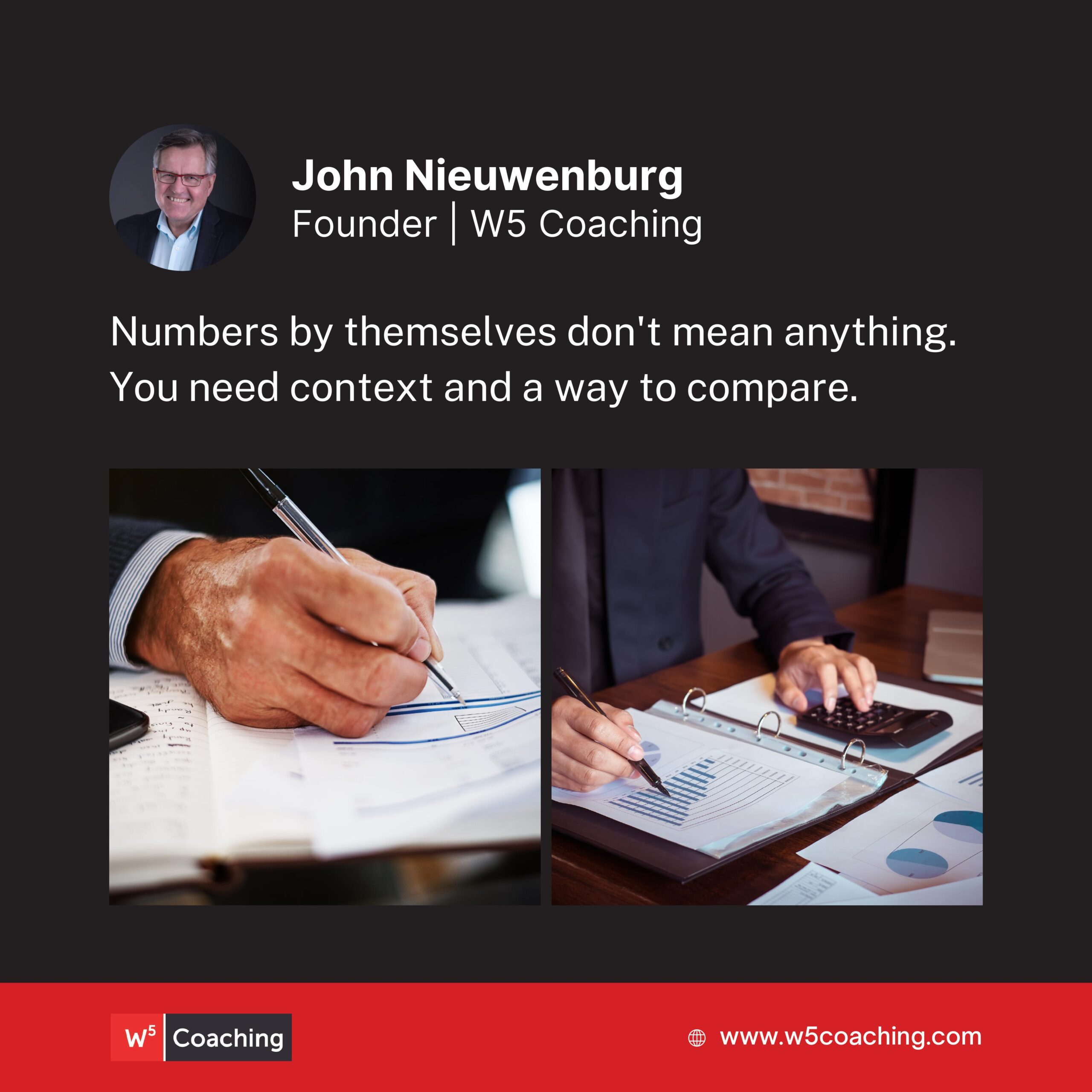Make Better Business Decisions by Getting Better Financial Information

As a successful business owner, you probably work with an accountant or accounting firm to file your taxes and provide financial reports.
And this is a good thing.
Having a professional prepare your financial documentation is certainly a step in the right direction.
But the year-end reports you get from your accountant won’t give you the information you need to make the decisions that will take your business to the next level.
To do that, you need common size financials.
What are common size financials?

When you use common size financials, you’ll see entries as a percentage of a common base figure (such as sales) instead of stand-alone, absolute figures.
For example, your financial statements might show expenses like this:
- Cost of goods sold: $350,000
- Salaries: $450,000
- Advertising: $75,000
To get common size numbers, divide each by your sales.
Let’s say that was $1,250,000.
Expressed as common size numbers, those figures would look like this:
- Cost of goods sold: 28% ($350,000/$1,250,000)
- Salaries: 36% ($450,000/$1,250,000)
- Advertising: 6% ($75,000/$1,250,000)
Why do you want common size financials?
Looking at absolute numbers can be misleading.
What if your advertising went from $75,000 to $150,000?
That’s double! It would be easy to think that it went up a lot!
Is it good or bad?
That depends on your sales.
What if your sales went from $1,250,000 to $2,850,000?
Looking at it this way – as a percentage of sales – you can see that it actually went DOWN!
From 6% ($75,000/$1,250,000) to 5.3% ($150,000/$2,850,000).
When you look at your numbers in this way, it’s easier to:
- Compare how you’re doing over time: are the numbers holding steady as you grow?
- Spot problems: why did a specific expense or revenue stream increase or decline?
- See how each item impacts your company’s financial performance: which products or services are bringing in what percentage of revenue?
- Set and monitor budgets: are we on track with our spending as a percentage of sales?
This allows you to see the business patterns behind the numbers.
And that’s how you should be looking at financials.
Use common size numbers to help you spot problems and make decisions to take action.

Are you moving up or down?
If you’re moving down – what are you going to do about it?
Compare your current month against this year’s budget to make sure you’re on track.
If you budgeted 5% for advertising and you’re at 6% – what are you going to do about it?
These are simple examples.
Common size financial analysis can be used to get more meaning from your income statement, your balance sheet, and your cash flow statements.
Once you reach around $1 million to $2 million per year in revenue, it’s smart to think about engaging a fractional CFO (Chief Financial Officer).
A good fractional CFO can complete this type of analysis and work with you to make sound decisions based on the story those numbers are telling.
Are you ready to take your business to the next level?
At W5 Coaching, we say that if the owner wants a better business, first the business needs a better owner.
Becoming a better owner requires learning new skills and stepping into a leadership position in your own business.
Getting better at understanding your financials and using financial analysis to make better decisions is one piece of the puzzle.
If you’d like to speed up the process of taking your business to the next level – consider getting some support from an experienced business mentor.
You can click here to book a free 15-minute call to discuss coaching: book a call with John

Build a Self-Managing Company
How to build a business that runs smoothly, profitably, and (mostly) without you.
Feeling stressed out and overwhelmed with a business that is taking all your time - and not giving you enough in return?
Are you finding it challenging to hire the right team (and get them to do the right things)?
I wrote this little guide for you!
Enter your details below to receive your free copy!
